Supreme Court Strikes Down Gender-Based Reservation in Army JAG Recruitment: A Landmark Victory for Gender Neutrality
On August 11, 2025, the Supreme Court of India delivered a groundbreaking judgment in Arshnoor Kaur & Anr. v. The Union of India & Ors. [W.P.(C) No. 772 of 2023], striking down the Indian Army's policy of reserving a higher number of Judge Advocate General (JAG) posts for men than women. The two-judge bench comprising Justice Dipankar Datta and Justice Manmohan declared this practice unconstitutional and violative of the fundamental right to equality, ordering a shift to genuine merit-based, gender-neutral recruitment.courtbook+3
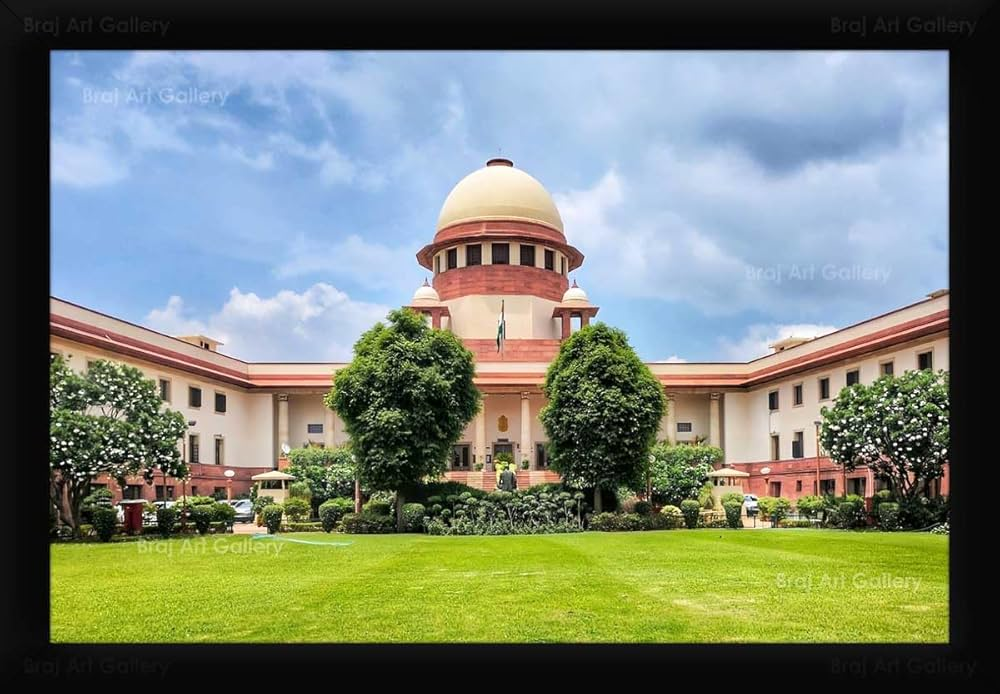
Key Facts of the Case
The case arose from a discriminatory recruitment notification for the JAG Scheme 31st Course (October 2023), which allocated six vacancies for male candidates and only three for female candidates despite identical selection criteria. The petitioners, Ms. Arshnoor Kaur (ranked 5th among women with 447 marks) and Ms. Astha Tyagi (ranked 4th among women with 477 marks), challenged this bifurcation after being denied selection despite outperforming male candidates.295052023_2025-08-11.pdf

The irony was stark: Mr. Himanshu Panwar, who secured the 3rd rank in the men's category with 433 marks, was selected over both petitioners who had scored significantly higher. Even more telling, the petitioners had scored higher than the male candidate ranked 6th in the men's merit list, yet were excluded due to the artificial gender-based ceiling.295052023_2025-08-11.pdflawschoolpolicyreview
Constitutional Issues Raised
The petition raised fundamental constitutional questions regarding the application of Articles 14, 15, and 16 of the Indian Constitution in the context of military recruitment:calj
-
Whether the Army can restrict women's numbers through administrative policies after permitting their entry via notification under Section 12 of the Army Act, 1950chandrawatpartners
-
Whether separate merit lists for male and female candidates with unequal vacancy allocation violate constitutional equality guarantees
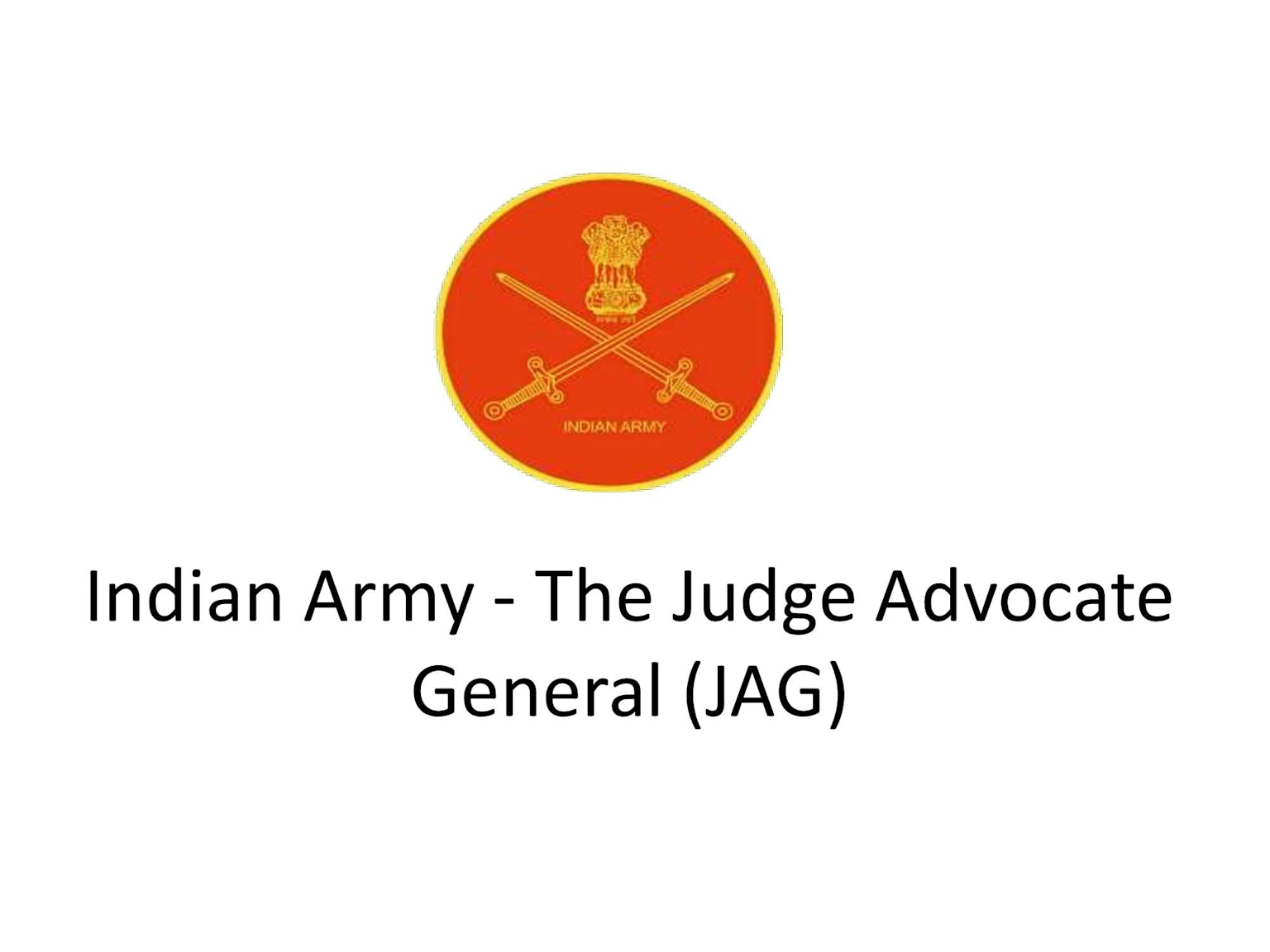
-
Whether the professed "gender-neutral" policy was genuine or merely cosmetic
Arguments and Counter-Arguments
Petitioners' Case
Senior Advocate Gopal Sankaranarayanan argued that the selection criteria for male and female candidates were identical, with both undergoing the same Service Selection Board (SSB) procedure testing 15 Officer Like Qualities. He emphasized that the Ministry of Defence had itself declared employment in the Armed Forces as "gender-neutral" with no distinction in testing or deployment conditions.courtbook+1
The petitioners contended that reserving additional seats for men in public employment violates Articles 14, 15, and 16, citing the principle that seats can only be reserved for women under Article 15(3), while other seats must remain open for merit-based selection.lawtrend
Government's Defense
Additional Solicitor General Aishwarya Bhati argued that JAG officers are primarily combatants who constitute "a reserve for mobilisation". The government relied on policies from 2011 and 2012 restricting women officers from frontline combat deployment and attachment with Infantry battalions.thefederal+1
The Union claimed that the 50:50 recruitment ratio introduced in 2024 represented "gender-neutral" policy, while simultaneously arguing that vacancy determination was based on "operational and functional requirements".ebooks.inflibnet
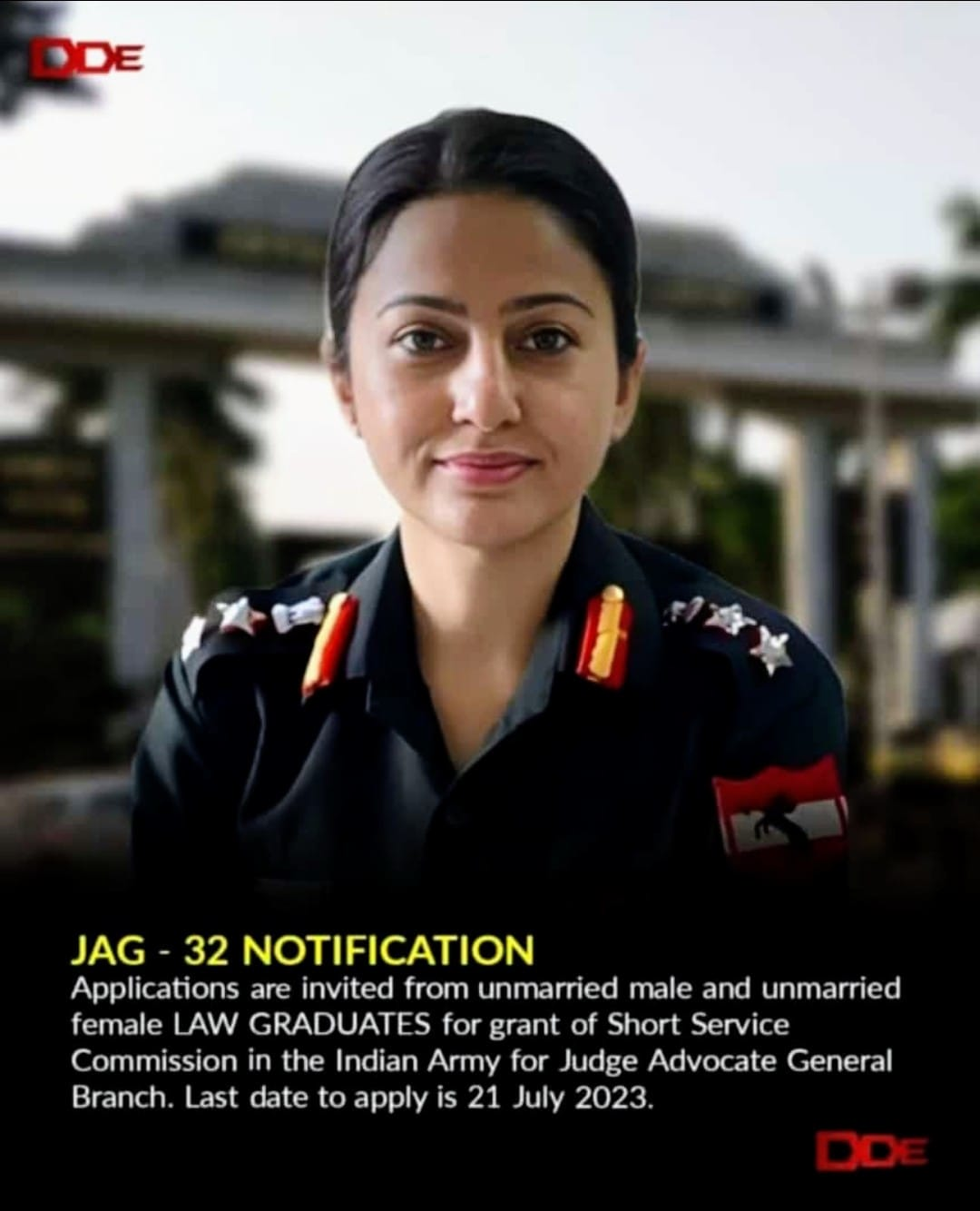
Supreme Court's Legal Analysis
Section 12 of Army Act: The Statutory Framework
The Court began by examining Article 33 of the Constitution, which empowers Parliament to modify fundamental rights for Armed Forces members, but only through law and to specified extents.
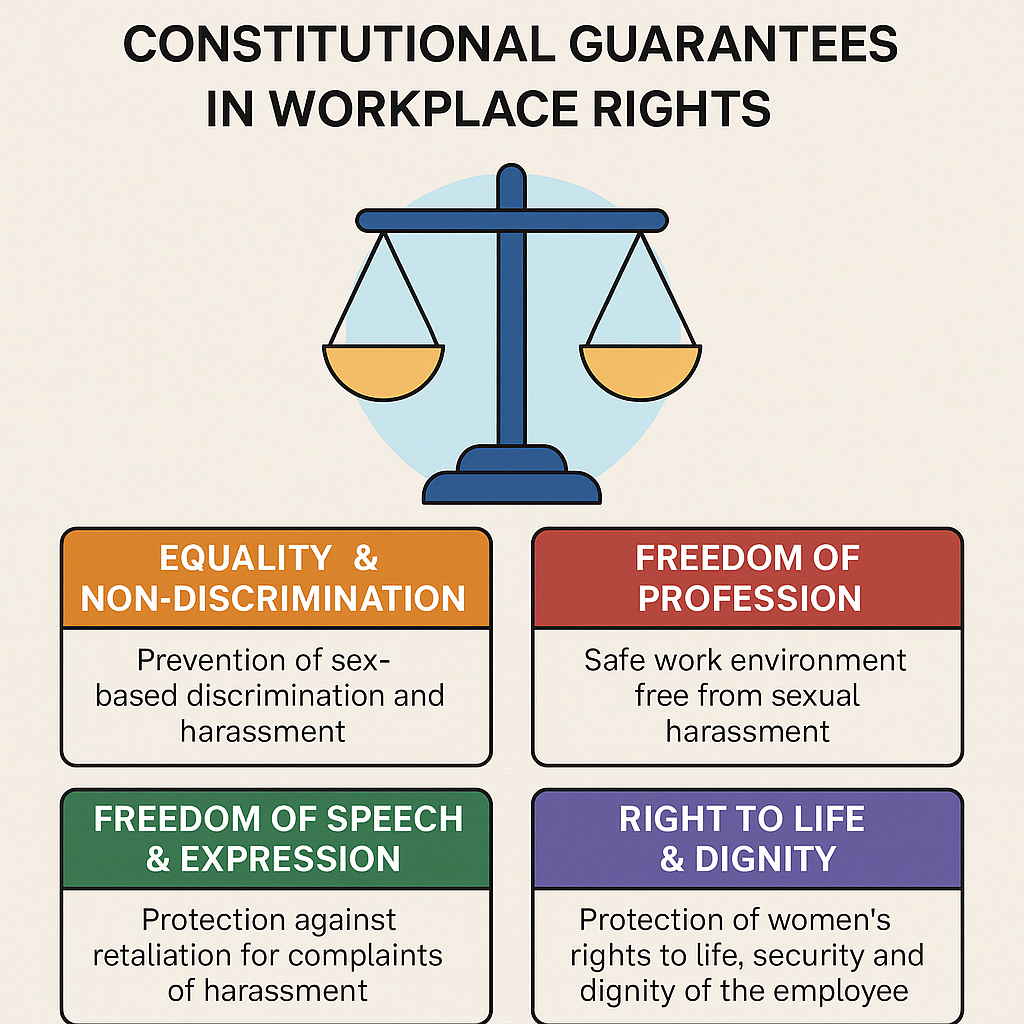
Under this power, Parliament enacted Section 12 of the Army Act, 1950, which restricts female enrollment except in corps notified by the Central Government.
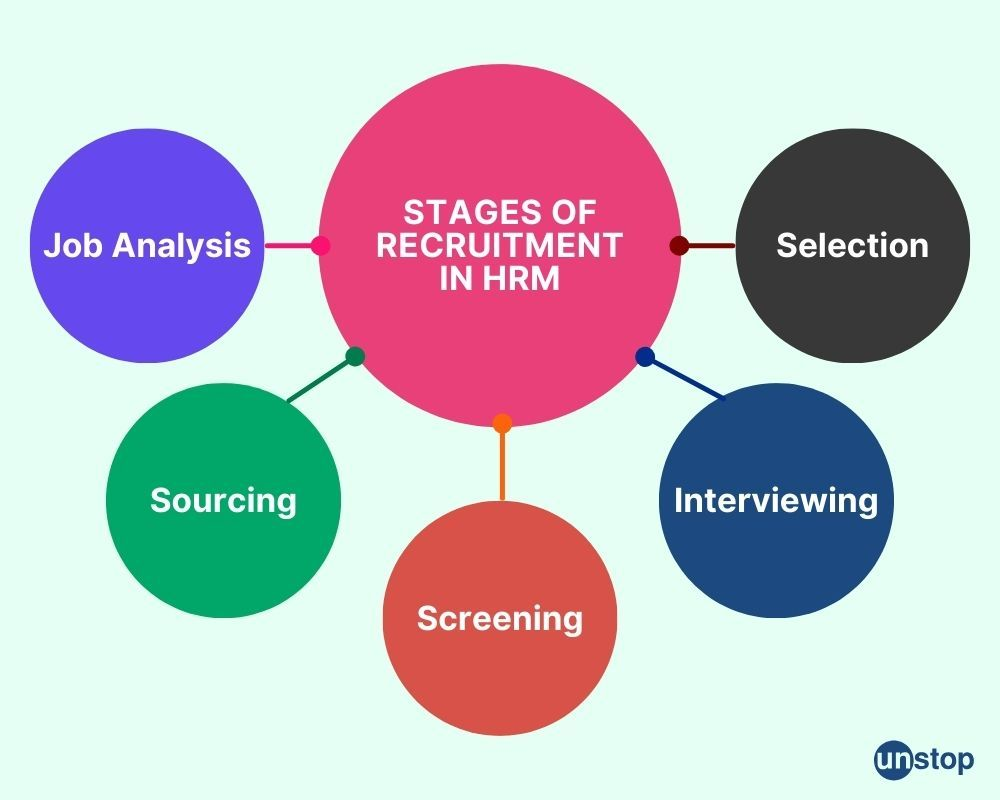
The Court held that any restrictions beyond Section 12 are impermissible: "Once the Service Headquarters decides to induct women officers in a particular branch or corp by way of a Notification under Section 12 of the Army Act, 1950, it cannot restrict their numbers and/or make a reservation for male officers by way of a policy or administrative instruction under the guise of 'extent of induction'".
Rejection of Combat-Based Arguments
The Court dismantled the government's argument that JAG officers are primarily combatants, noting that with over 1.4 million active personnel and only 285 JAG officers, claims of widespread combat deployment were exaggerated. More importantly, the Court observed that JAG falls under the Adjutant General's branch performing predominantly administrative duties as legal advisers.
The Court noted women officers' achievements in challenging roles: Major Radhika Sen received the UN Military Gender Advocate Award, Lieutenant Colonel Jyoti Sharma was deployed internationally, and various women officers serve in high-risk operational environments.sci
Gender-Neutral vs. Gender-Equal: A Critical Distinction
In a significant legal clarification, the Court distinguished between "gender-neutral" and "gender-equal" policies[88-92]:
-
Gender-Equal: Hiring equal numbers of men and women (50:50 ratio)
-
Gender-Neutral: Selecting the best candidates regardless of gender
The Court emphasized that true gender-neutrality means "if ten women surpass all other candidates in merit, all ten must be inducted", rejecting artificial caps that limit meritorious women.courtbook
Indirect Discrimination Framework
Drawing from Lt. Col. Nitisha v. Union of India (2021), the Court applied the doctrine of indirect discrimination. Despite being facially neutral, the 50:50 policy had a disparate impact on women who consistently outperformed male candidates. The Court noted that "discrimination can often be a function, not of conscious design or malicious intent, but unconscious/implicit biases".
Relief Granted and Directions
The Supreme Court issued comprehensive relief and directions[111-118]:
Immediate Relief
-
Ms. Arshnoor Kaur to be inducted in the next available JAG training course
-
Mr. Himanshu Panwar (Respondent No. 3) denied relief as his selection constituted indirect discrimination
Systemic Reforms Ordered
-
Common Merit List: Preparation of unified merit lists for all JAG candidates regardless of gender
-
Public Transparency: Publication of marks obtained by all candidates
-
Gender-Neutral Recruitment: Future selections to be based purely on merit without gender-based bifurcation
-
Minimum Women Representation: At least 50% seats for women to correct historical exclusion, but no upper ceiling if women are more meritorious

Legal Precedents and Comparative Analysis
The judgment builds upon several landmark cases:
-
Babita Puniya v. Union of India (2020): Established women's right to Permanent Commissionstudent.manupatra+1
-
Lt. Col. Nitisha v. Union of India (2021): Introduced indirect discrimination doctrine
-
Gopika Nair v. Union of India (2023): Where the government undertook to apply "gender-neutral formula" in Army Dental Corps
The Court noted that in Delhi Judicial Service examinations (2019-2023), female candidates consistently outperformed males, with women comprising nearly double the number of male officers in the 2023 batch. This empirical evidence supported merit-based selection over artificial gender quotas.
Constitutional Significance
Strengthening Substantive Equality
The judgment advances substantive equality by recognizing that formal neutrality can perpetuate discrimination. The Court's rejection of the "separate but equal" doctrine in military recruitment aligns with global best practices in gender integration.
Limiting Executive Power Under Article 33
By strictly interpreting Section 12 of the Army Act, the Court limited executive discretion to impose additional restrictions beyond statutory provisions. This prevents circumvention of constitutional rights through administrative circulars.
Recognition of Merit Principle
The judgment reinforces that merit remains the cornerstone of public employment under Article 16(1). Artificial reservations that exclude meritorious candidates—regardless of gender—violate constitutional equality guarantees.
Future Implications
Broader Military Reforms
This judgment may catalyze similar challenges across military recruitment, potentially extending to other arms and services where gender-based restrictions exist without statutory backing.
Public Employment Standards
The precedent strengthens merit-based selection in all public employment, requiring compelling justification for any departure from gender-neutral criteria.
Women's Empowerment
As the Court eloquently stated: "No nation can be secure, when half of its population (i.e. its women force) is held back". This judgment represents a significant step toward realizing constitutional promises of gender equality.
Conclusion
The Arshnoor Kaur judgment represents a watershed moment in Indian constitutional jurisprudence, transforming military recruitment from gender-segregated quotas to merit-based selection. By recognizing that genuine gender-neutrality requires selecting the most qualified candidates regardless of gender, the Supreme Court has strengthened both constitutional equality and national defense capabilities.
The Court's nuanced analysis distinguishing between gender-neutral and gender-equal approaches provides valuable guidance for policy makers across sectors. Most importantly, the judgment demonstrates that true empowerment comes not from tokenism or artificial parity, but from creating systems where merit prevails over gender-based assumptions.
This landmark decision will undoubtedly inspire similar reforms across the armed forces and public sector, bringing India closer to its constitutional aspiration of equality of opportunity for all citizens. As the nation celebrates this victory for gender justice, the real test lies in implementing these principles across all spheres of public employment, ensuring that merit—not gender—determines who serves the nation in its hour of need.
Case Citation: Arshnoor Kaur & Anr. v. The Union of India & Ors., W.P.(C) No. 772 of 2023, decided on August 11, 2025.
- https://courtbook.in/posts/breaking-gender-bifurcation-in-jag-recruitment-violates-equality-says-supreme-court
- https://www.hindustantimes.com/india-news/sc-quashes-army-s-male-female-seat-split-in-judge-advocate-general-branch-101754893842548.html
- https://lawtrend.in/sc-strikes-down-gender-based-reservation-in-army-jag-recruitment-orders-combined-merit-list/
- https://thefederal.com/category/news/supreme-court-scraps-men-only-quota-in-army-jag-201232
- https://ppl-ai-file-upload.s3.amazonaws.com/web/direct-files/attachments/54123962/62c323d7-9a7c-4961-bf55-3a9a09d75c3d/295052023_2025-08-11.pdf
- https://lawschoolpolicyreview.com/2022/07/26/mapping-indirect-discrimination-in-the-constitutional-framework-of-equality-and-non-discrimination/
- https://www.calj.in/post/viability-of-implanting-the-doctrine-of-indirect-discrimination-under-the-indian-constitution-a-cri
- https://chandrawatpartners.co/merit-based-selection-and-vertical-reservation-quotas-the-legal-position-on-candidates-securing-open-category-seats/
- https://upr-info.org/sites/default/files/documents/2014-06/a_hrc_wg.6_13_ind_1_india_annexii.pdf
- https://api.sci.gov.in/supremecourt/2023/51059/51059_2023_1_1502_56228_Judgement_03-Oct-2024.pdf
- https://ebooks.inflibnet.ac.in/hrdp05/chapter/indian-constitutional-framework-articles-14-15-and-16-of-the-indian-constitution-and-womens-rights/
- https://api.sci.gov.in/supremecourt/2022/8559/8559_2022_14_1501_60101_Judgement_07-Mar-2025.pdf
- http://student.manupatra.com/Academic/Abk/Constitutional-Law-of-India/CHAPTER-7.htm
- http://student.manupatra.com/Academic/Studentmodules/Law-of-Defense/Army-Act-1950.htm
- https://odishabytes.com/sc-strikes-down-gender-biased-policy-of-hiring-in-armys-jag-branch/
- https://vajiramandravi.com/upsc-exam/right-to-equality/
- https://www.drishtiias.com/daily-updates/daily-news-analysis/women-in-indian-armed-forces
- https://legalbots.in/exams/indian-army-the-judge-advocate-general
- https://byjus.com/free-ias-prep/right-to-equality/
- https://www.mod.gov.in/dod/sites/default/files/TheArmyAct1950.pdf
- https://www.thelawadvice.com/news/supreme-court-strikes-down-indian-army-policy-reserving-more-jag-posts-for-men-upholds-gender-neutral-recruitment
- https://www.scobserver.in/journal/court-recognises-indirect-discrimination-strikes-down-armys-gender-discriminatory-promotion-practices/
- https://www.barandbench.com/news/supreme-court-strikes-down-skewed-reservation-for-men-in-judge-advocate-general-posts
- https://www.ssbcrack.com/2024/12/what-is-judge-advocate-generals-jag-department-in-indian-army.html
- https://www.scobserver.in/journal/sco-explains-indirect-discrimination-in-the-army/
- https://testbook.com/landmark-judgements/lt-col-nitisha-vs-union-of-india
- https://plutusco.com/blogs/gender-equality/
- https://www.livelaw.in/news-updates/selections-public-employment-merit-supreme-court-170172
- https://en.wikipedia.org/wiki/Judge_Advocate_General's_Department_(India)
- https://ijalr.in/volume-2/issue-3-2/permanent-commission-for-female-armed-force-officers-the-secretary-ministry-of-defence-v-babita-puniya-ors-by-aishwary-thapliyal/
- https://yourlegalcareercoach.com/indian-army-jag-recruitment-all-you-need-to-know/
- https://visionias.in/current-affairs/news-today/2024-12-11/polity-and-governance/the-supreme-court-sc-grants-permanent-commission-to-a-woman-army-officer
- https://www.ijcrt.org/papers/IJCRT2502647.pdf
- https://blog.ipleaders.in/article-16-of-indian-constitution/
- https://www.bajajfinserv.in/judge-advocate-general-exam
- https://clpr.org.in/wp-content/uploads/2024/12/5.-The_Secretary_Ministry_of_Defence_vs_Babita_PuniyaSC20202002201733004COM283838.pdf
- https://nujslawreview.org/wp-content/uploads/2021/07/14.1-Gandhi-1.pdf
- https://blog.ipleaders.in/gender-equality-v-gender-neutrality/




0 Comments